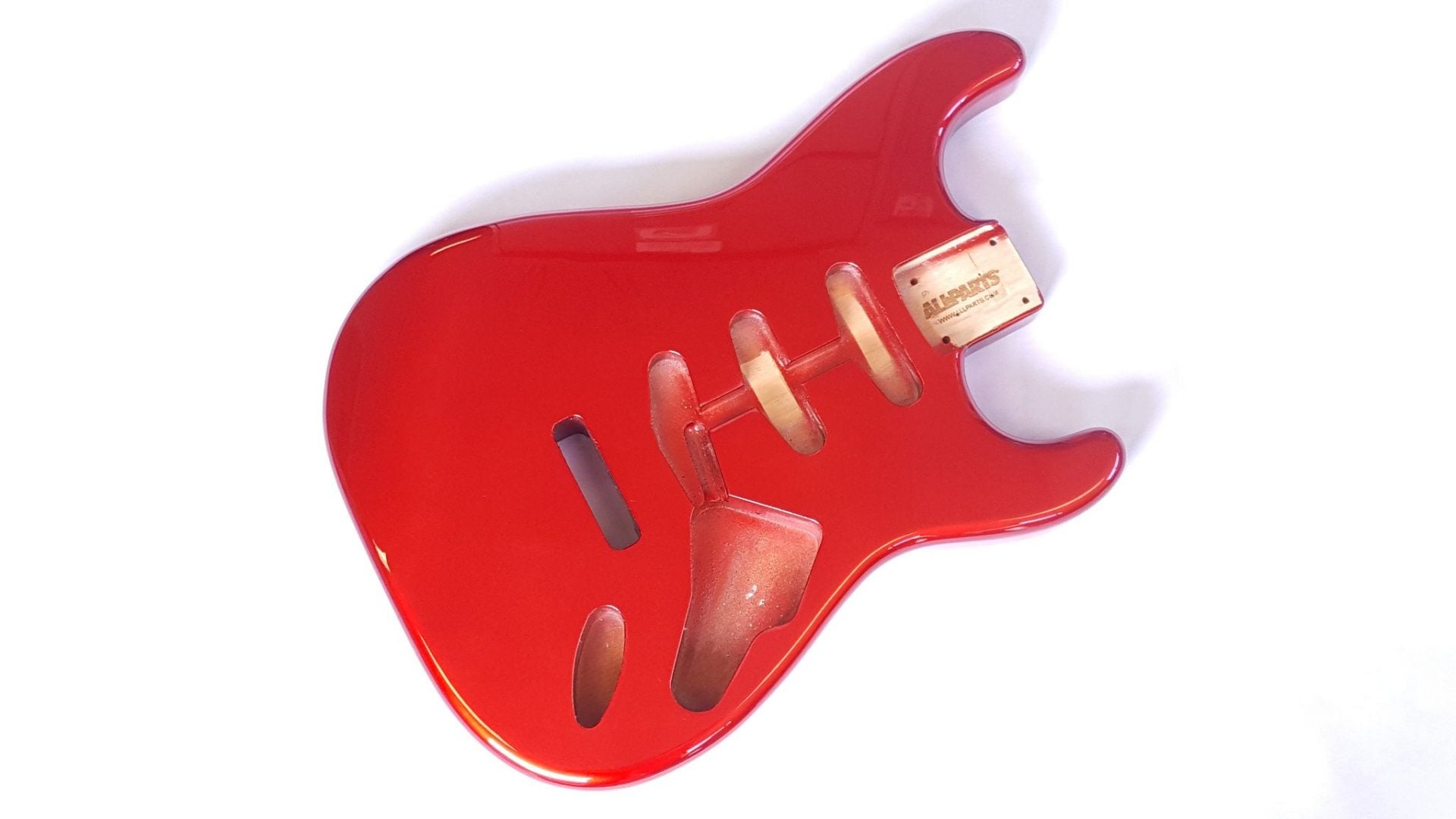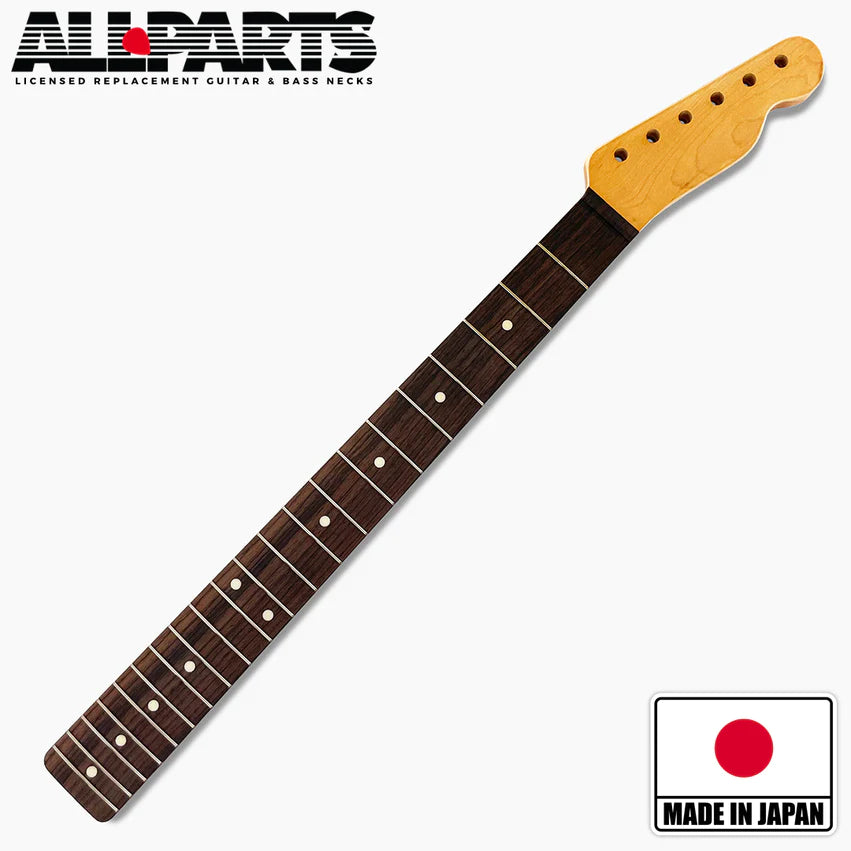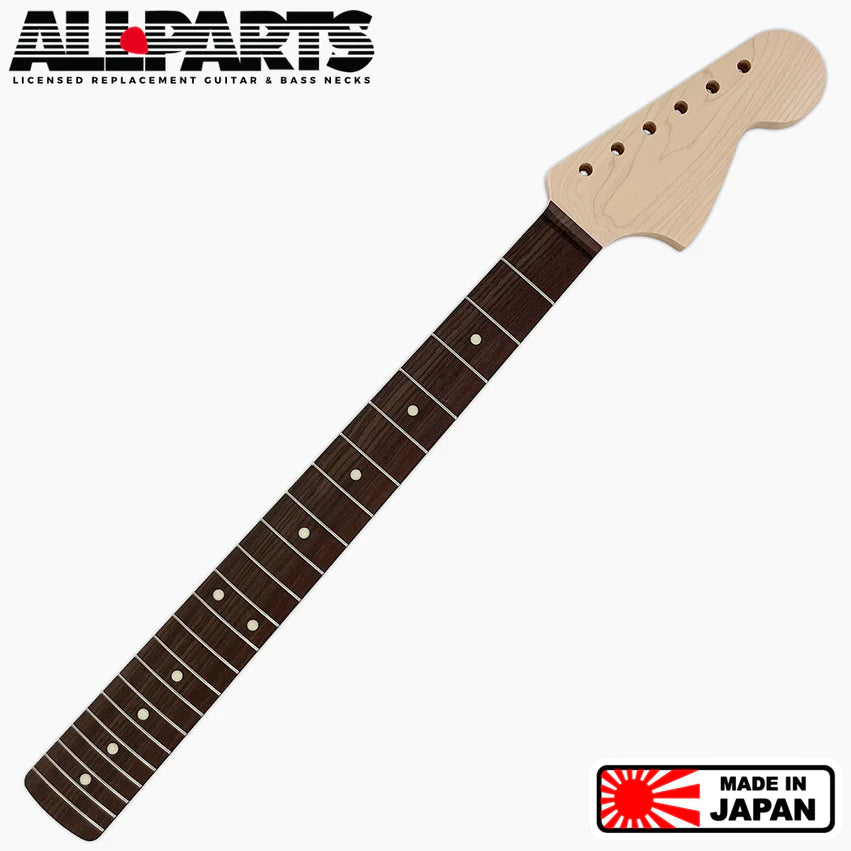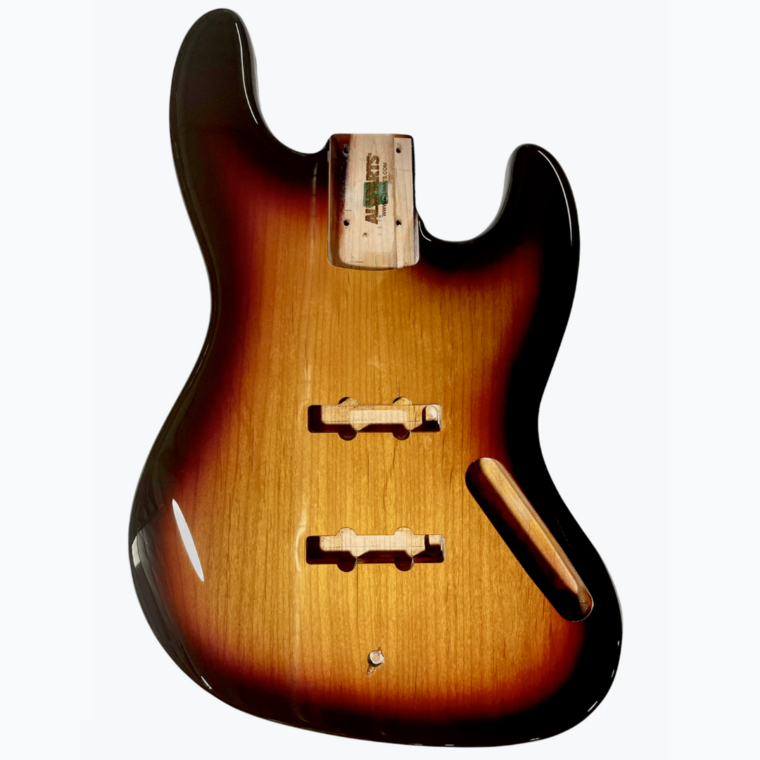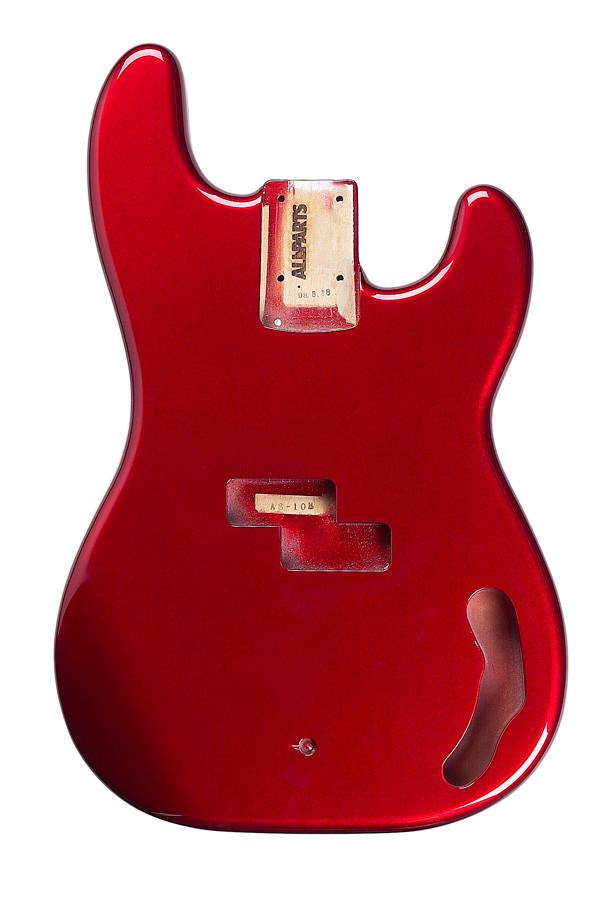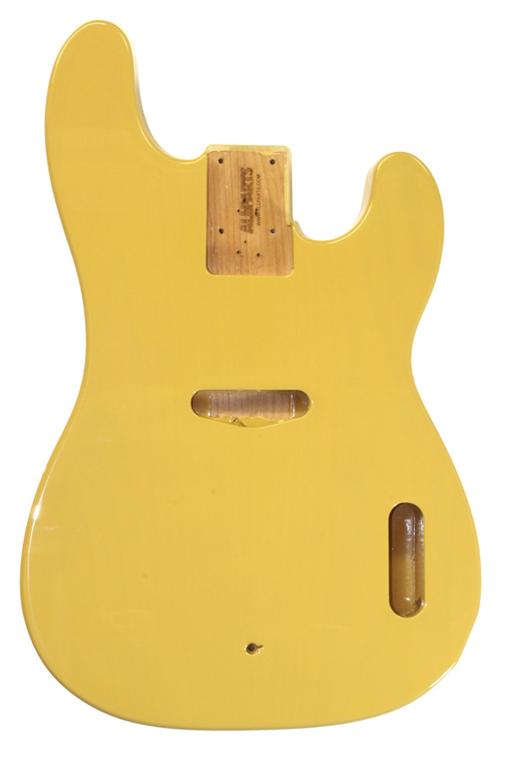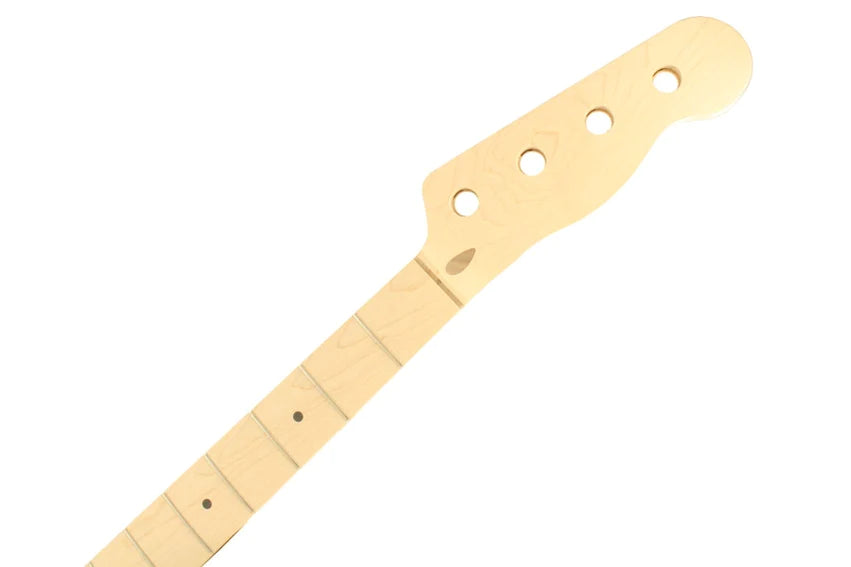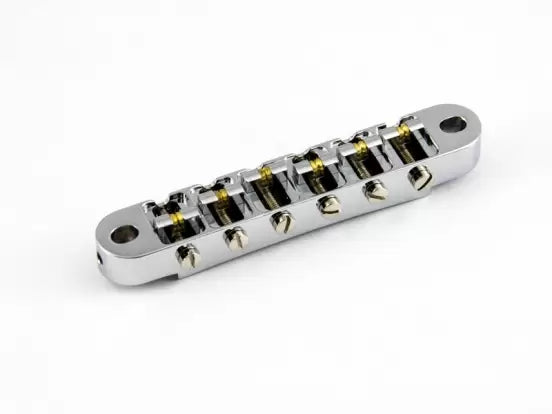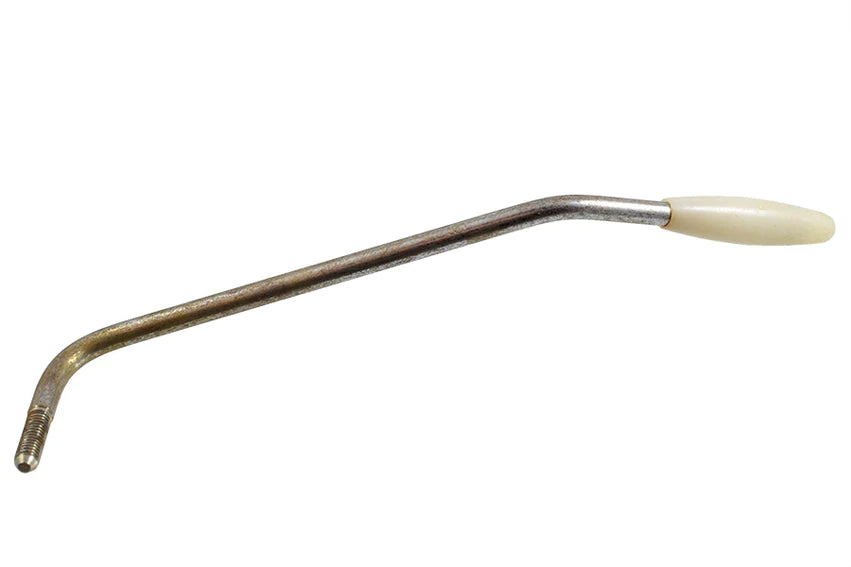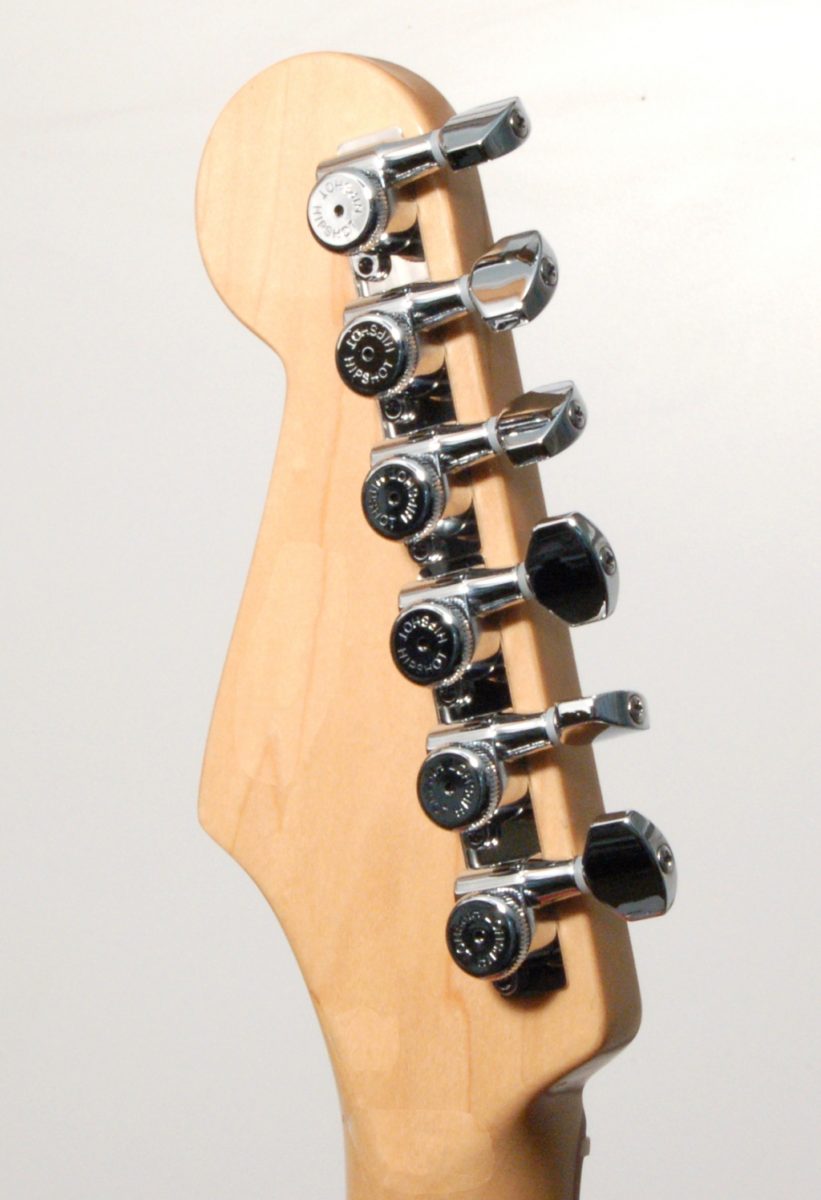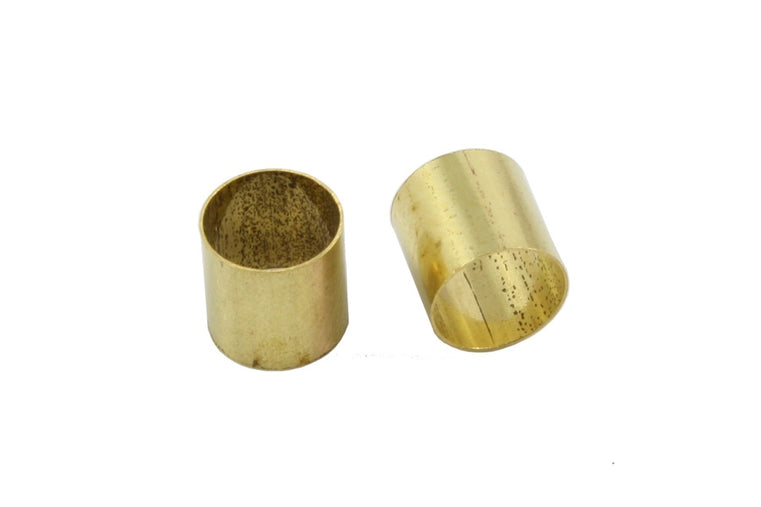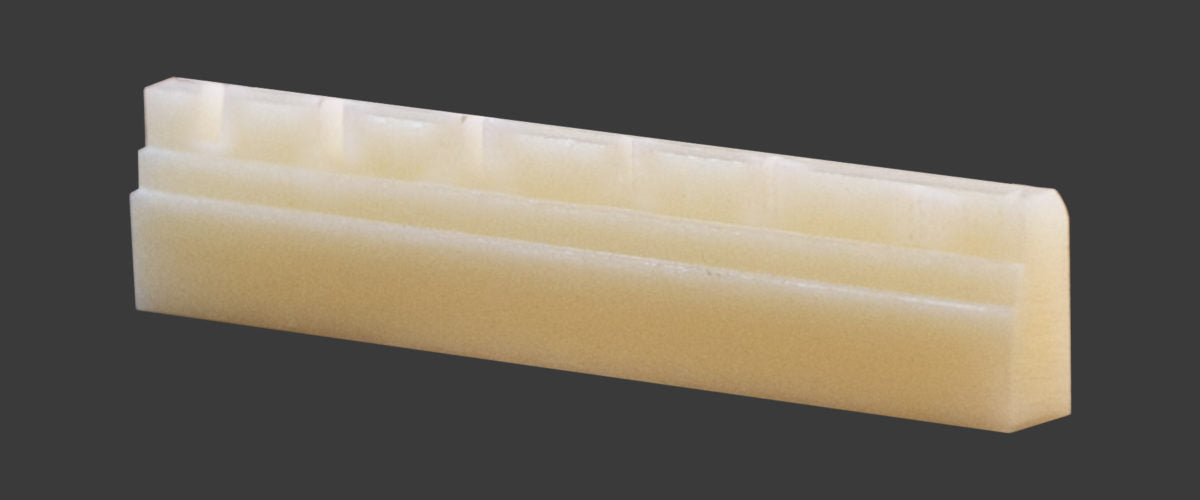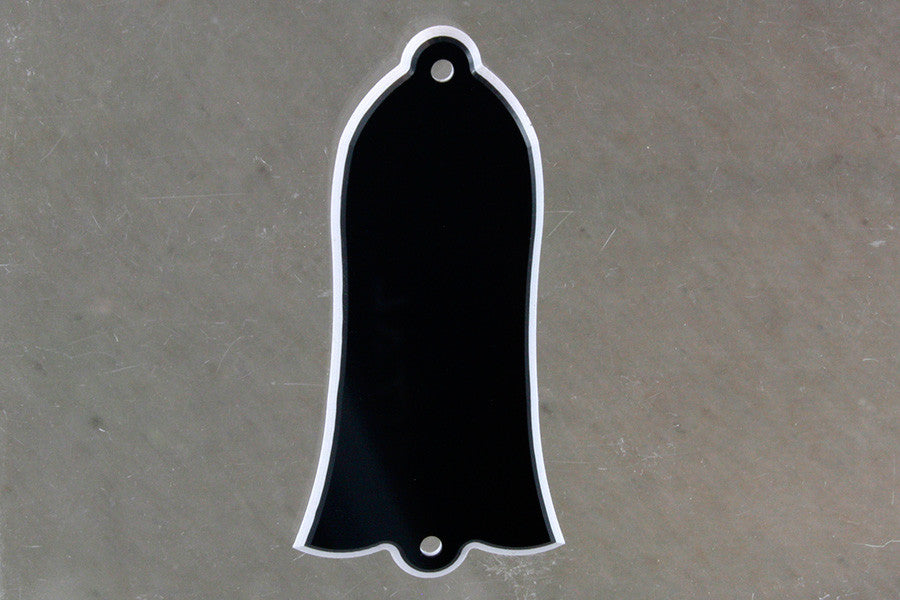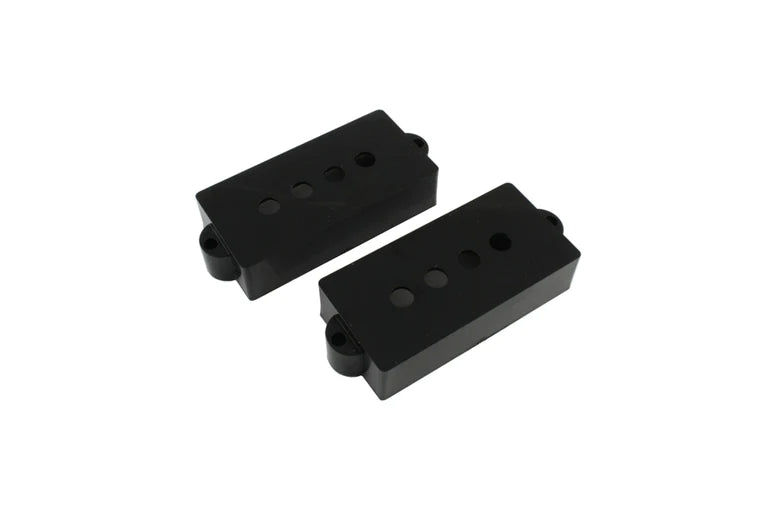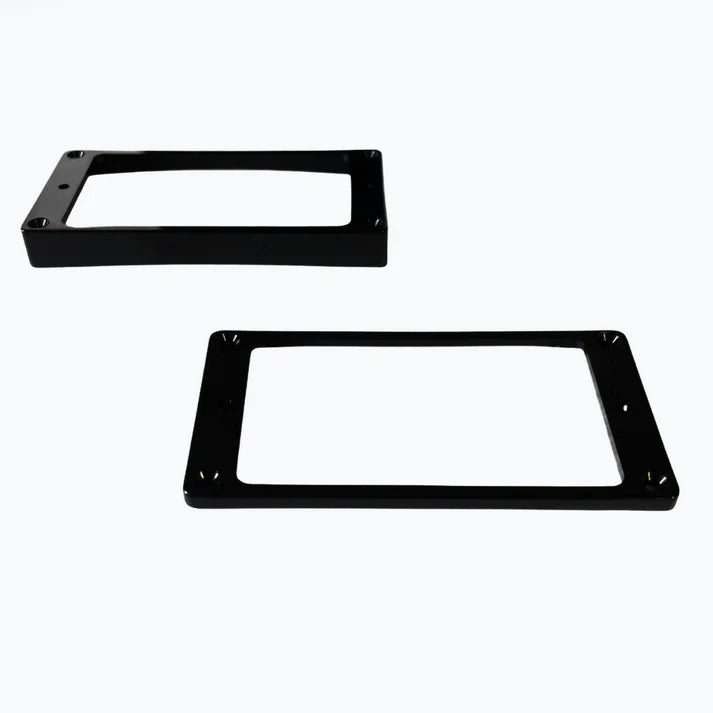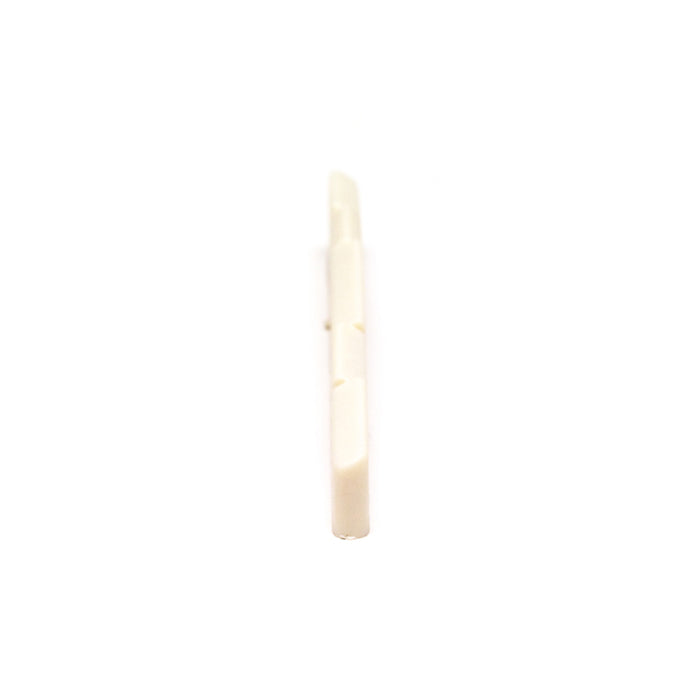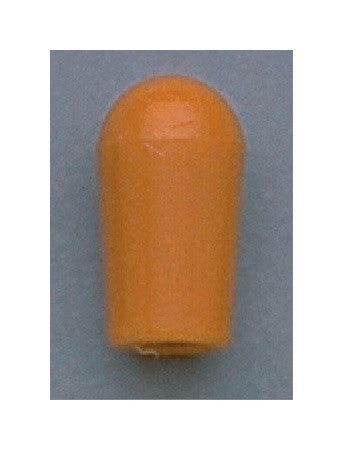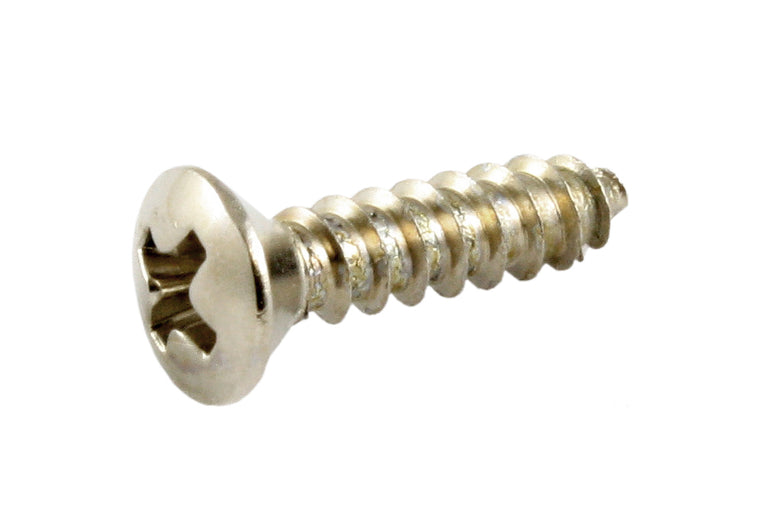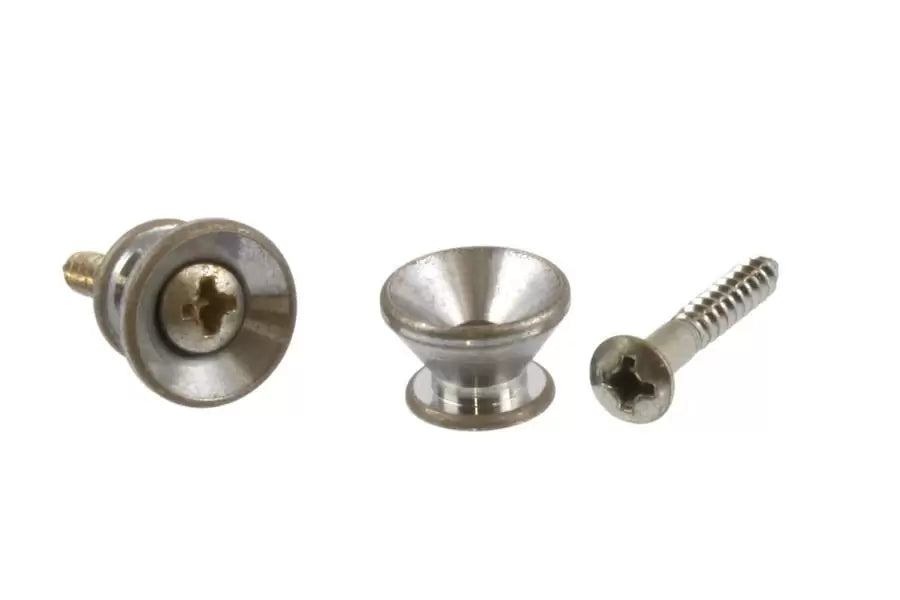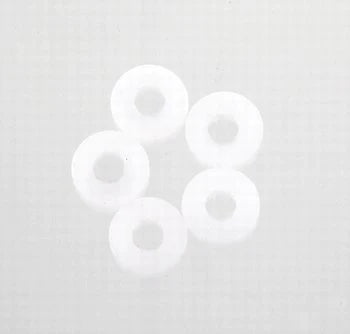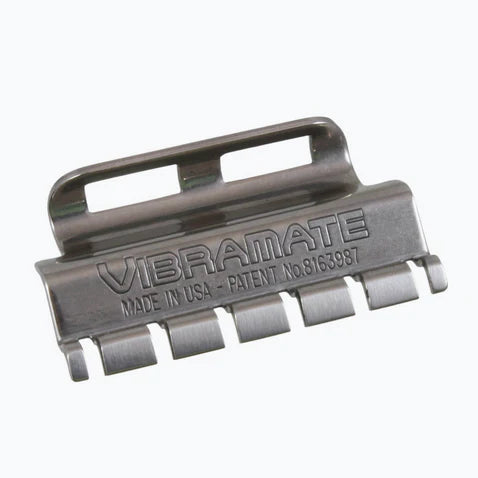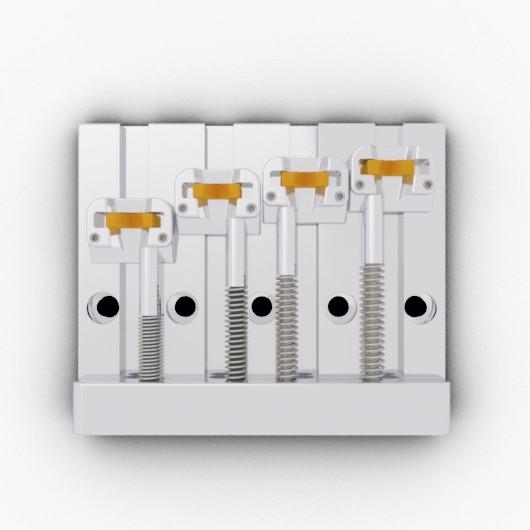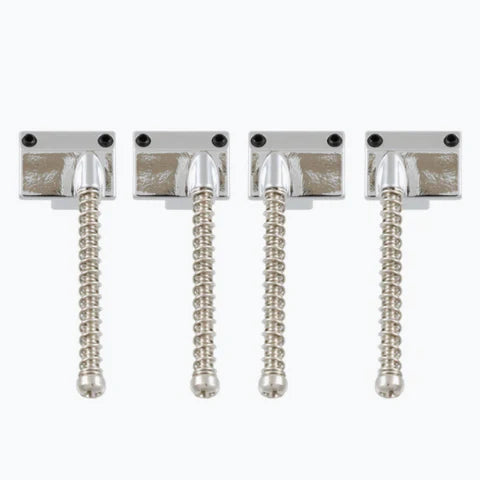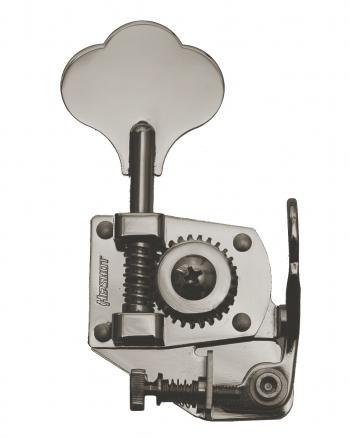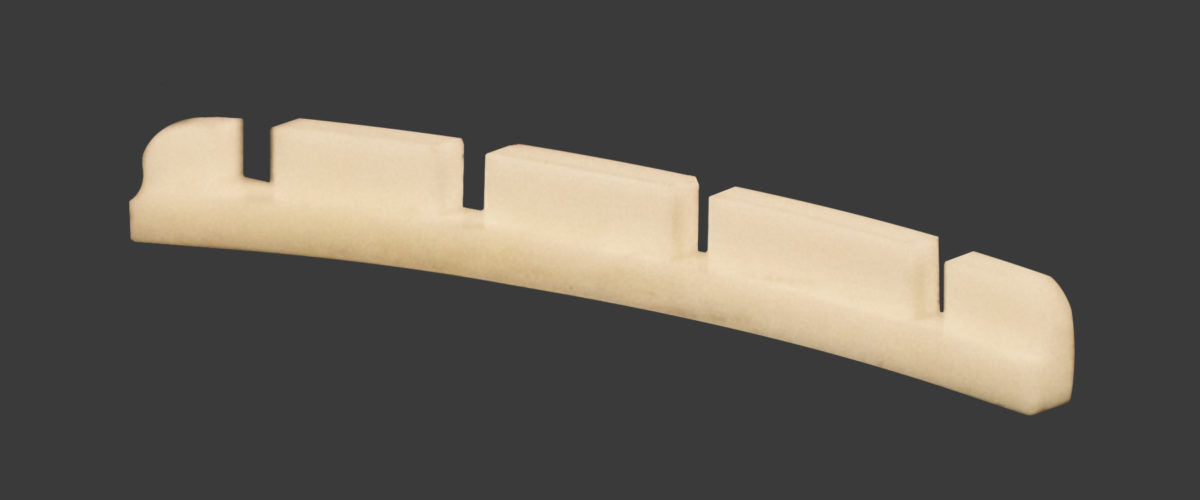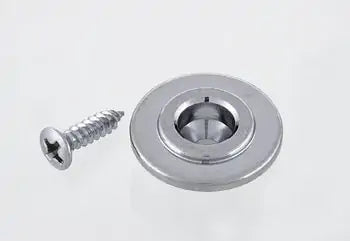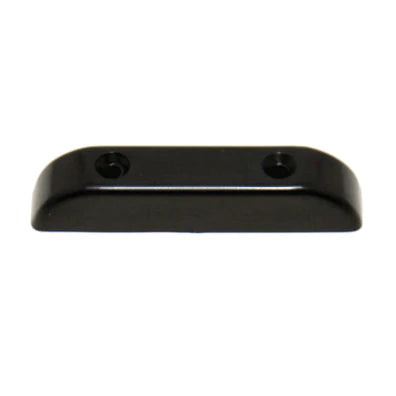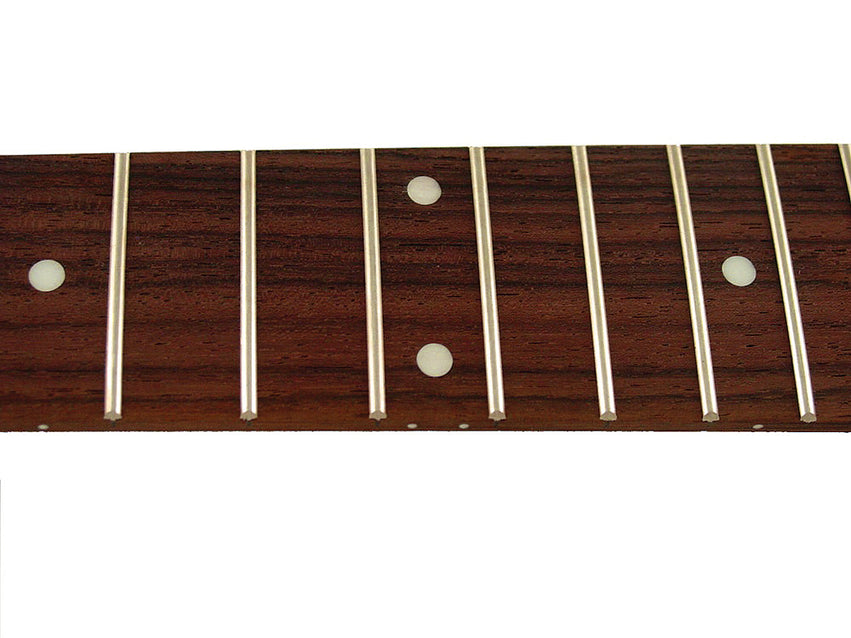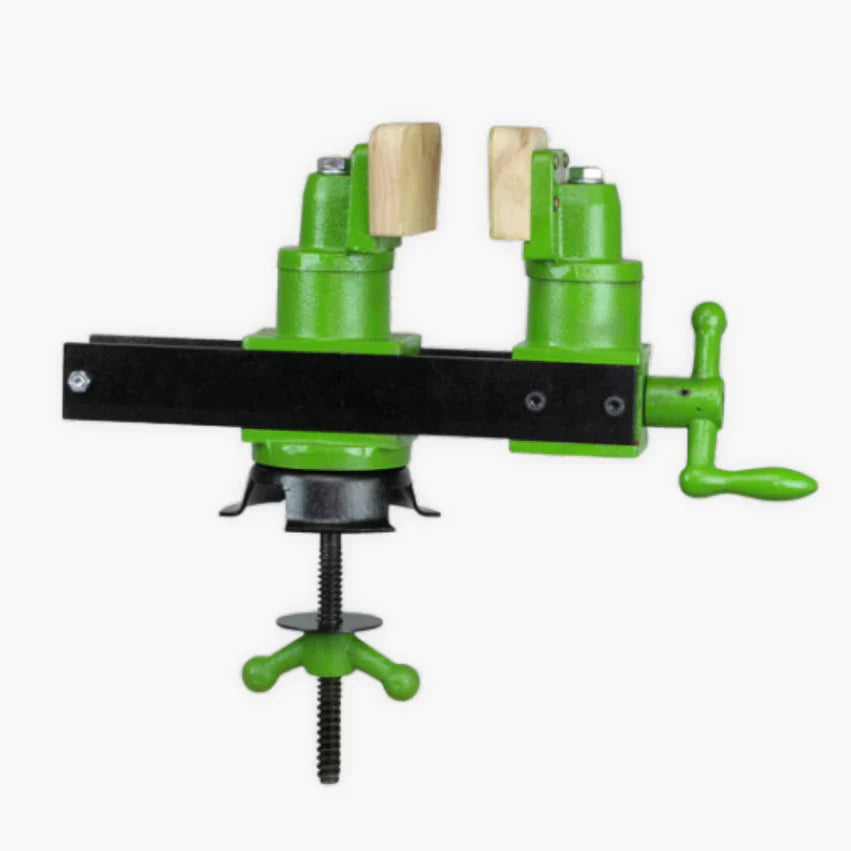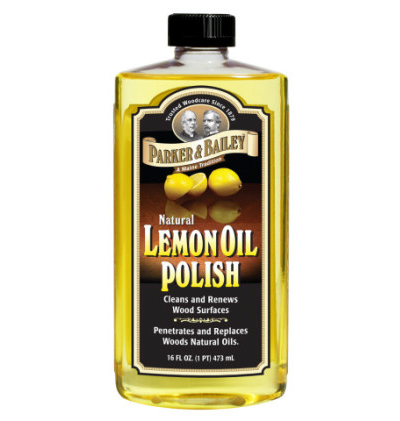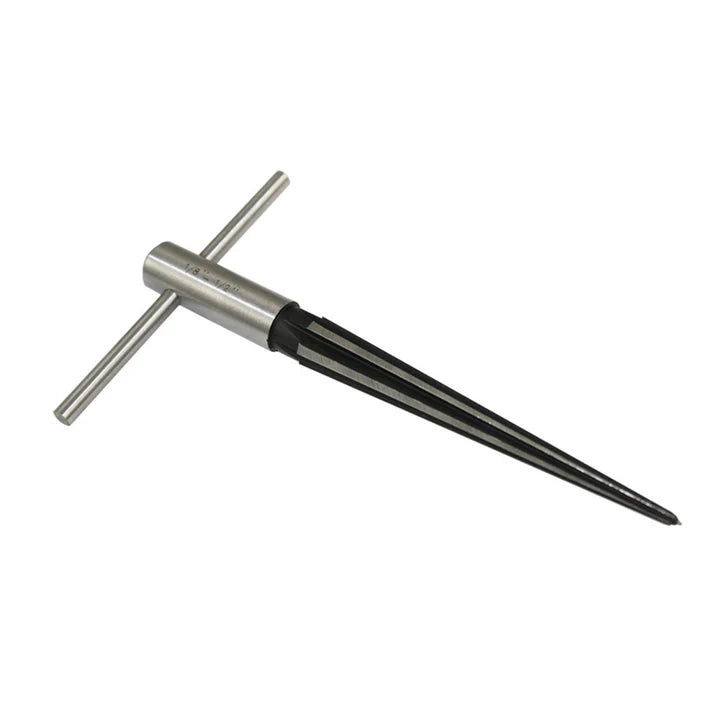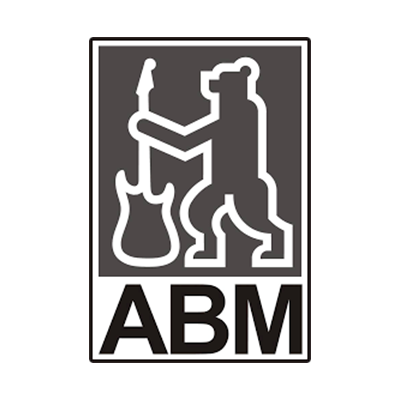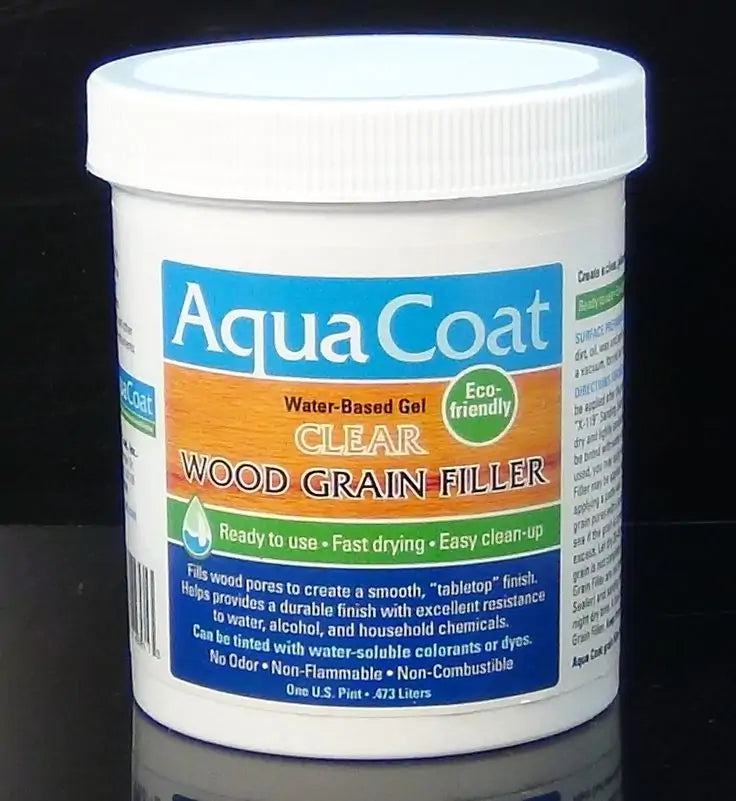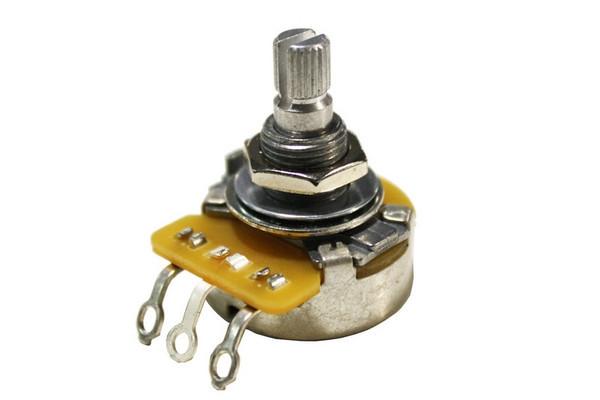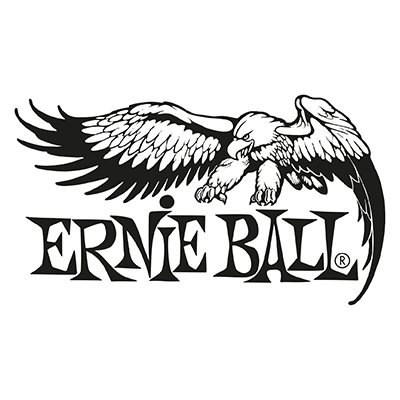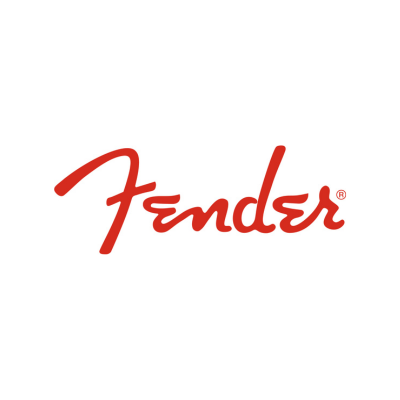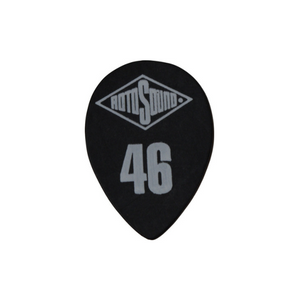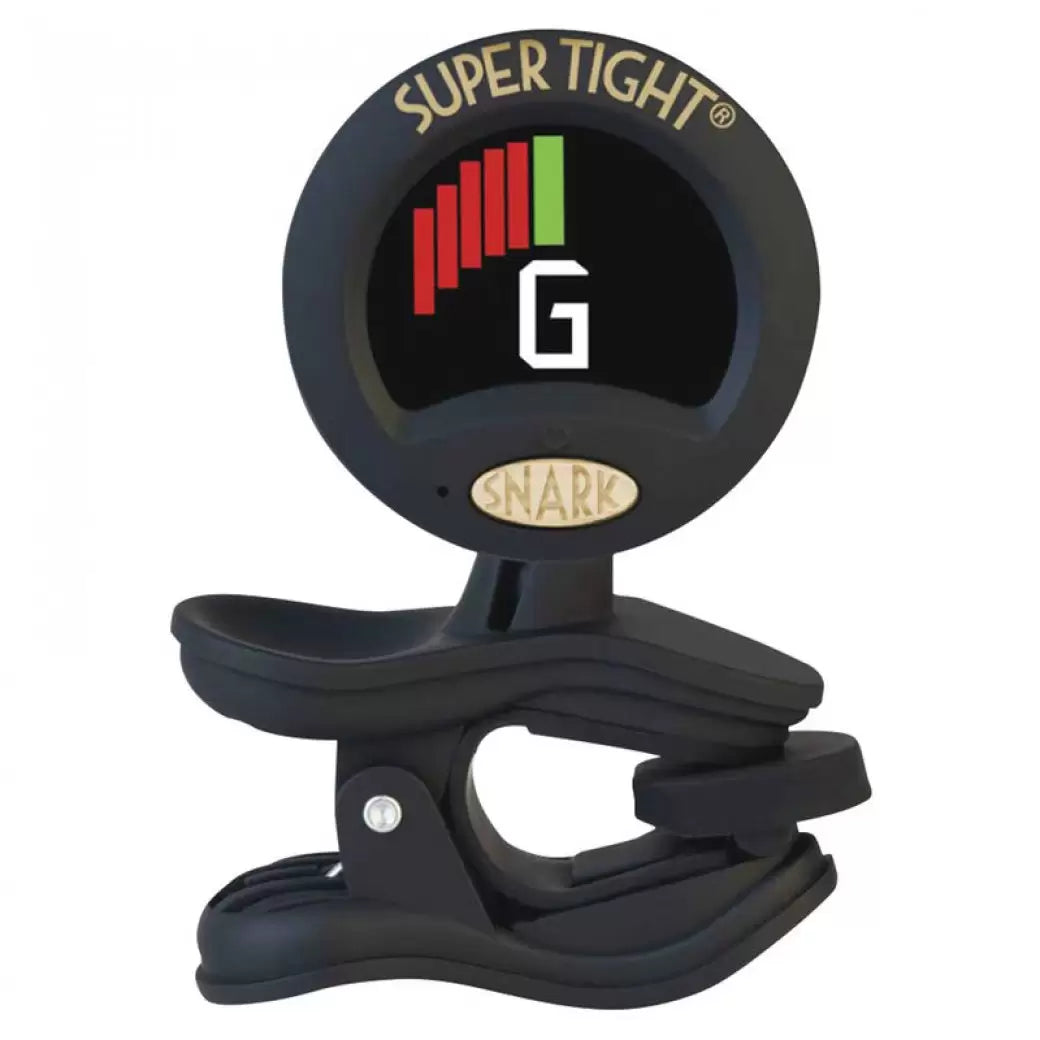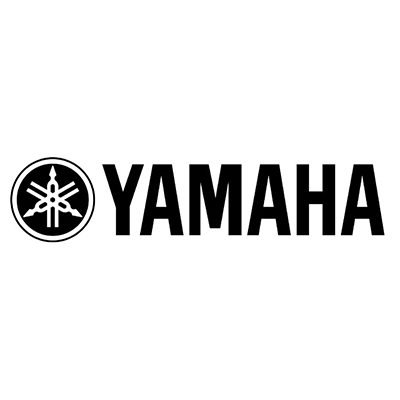The world of guitar parts can be a complicated place. Apart from the shape, you would have thought a guitar nut is just a guitar nut, right? Wrong. Brand, size, material and function are all factors when choosing a replacement nut. So without further ado, here’s your complete guide to guitar nuts…
The Classic Bone Guitar Nut
You can’t go wrong with the simple Bone Nut. It’s affordable, easy to work with, and doesn’t trouble the open string tone. It’s a staple for most guitar manufacturers, no matter their retail price.
The TUSQ Nut
Graphtech’s TUSQ nuts have become the main alternative to the bone nut. Their use of a synthetic material results in a nut that is much more consistent than bone, with increased mid and high harmonics (read about their tests HERE).
Their range includes:
- TUSQ
- TUSQ XL
- Black TUSQ XL
- NuBone
TUSQ makes up the bulk of their offering, with all different shapes and sizes for your guitar. The XL nuts are self-lubricating – useful for players with tremolos.
More expensive than bone but they are still very easy to work with and you may well find the extra few pounds spent results in a better open tone.
Plastic Nuts
Plastic often equates to cheap, and you’ll find most of your budget guitars will come with plastic nuts.
It’s not that they are bad – a brighter, thinner sound may be preferable – they just don’t offer much tonally.
Unless it’s a classical guitar, I’d probably avoid.
Metal Nuts
The nut and the saddle are the two most important points of contact on a guitar string. Guitarists are open to changing the saddle material but why not the nut?
For example, brass guitar nuts provide the same tonal qualities as a brass saddle: greater sustain, l0w to mid-range boost resulting in a slightly weightier tone.
Options like the Fender LSR or ABM 6222 are adjustable, and can help reduce friction and thus tuning issues.
All of that does come at a price, of course – these nuts can be twice if not three times more expensive than other alternatives – but the idea is well worth exploring.
Zero Fret
The concept is simple: use a fret at the nut as the point of contact, to have the same tone for the open string as a fretted string. Add too that it will improve the playability, by allowing the string to pass freely over the nut, as well as the sustain of the open note.
A great idea in theory which does often work in practise, and it can be found in use by plenty of manufacturers. (Even Gibson fitted them as standard!)
There are lots of types on the market and you’ll need to find which will be best for your guitar.
Sintom’s Zero Fret fits alongside your existing nut and requires next to no modifications.
The Zero Glide range of nuts completely replaces and there’s bound to be a model that will fit your guitar.

